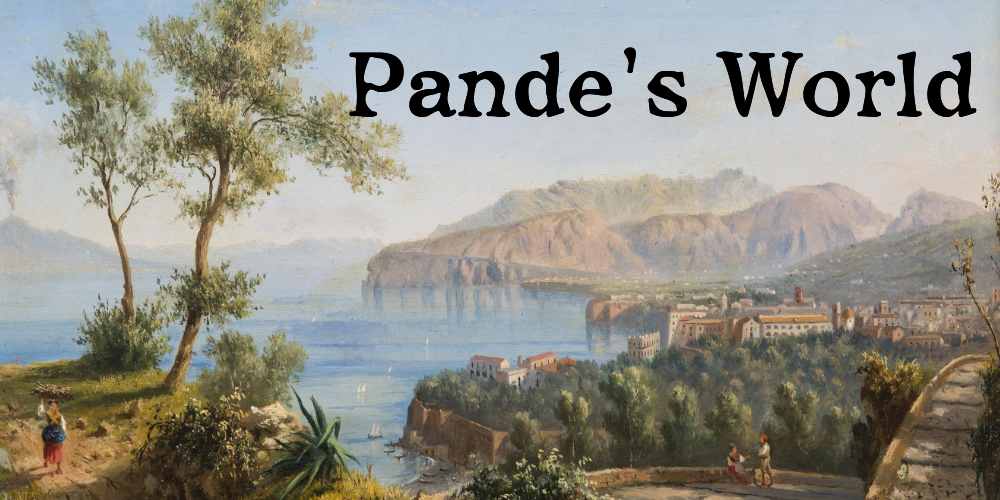Downside
"Keep your wits about you here, and don't let the City Guard you see around fool you. They're not here for your protection, they're just here to make sure that Downside troubles stay in Downside, and that the dole gets through. You want to stay alive around here, find a Clava, get them to like you, avoid the other clavas. There is no neutral ground, not for the likes of us."Downside is both the beating heart of the Empire's vast capacity for growth and power, and a cesspit of crime, violence and abject poverty. Holding over a half of Belyos' entire population, but in only a fifth of the area, living conditions are cramped and dangerous. Life is often short; disease and criminal violence account for most deaths, but the collapse of badly built or maintained buildings, fire, and other such urban risks are not unknown. Since the restriction on immigration during the reign of Til-Taranor, eighty years ago, the vast majority of inhabitants of Downside are born in the city, and indeed the district itself. Almost all of its residents will live their entire lives within the walls of the city, barely even stepping beyond the walls of their own district with only the occasional visit to Temple Hill. Poverty is rife, and most of the population relies entirely on the dole provided by the Empire to survive, working either in the unofficial economy, or the factories that churn out the myriad of things that a functioning empire requires.
Government
Governance of the district by the duly appointed authorities is largely a hands-off affair; the City Guard patrol regularly, but are only concerned with keeping the main roads clear, ensuring that the daily deliveries of grain and fish for the dole are delivered without delay, and that the collected taxes are not waylaid. Enforcement of tax collection is often remarked upon as being the only part of the Empire bureaucracy most residents of Downside ever see.
This authority is excised from the sixty or so 'Dolehouses' placed throughout the district. Fortified guard posts, they also provide a central point for around ten thousand residents, with fresh water in a communal fountain, and freely available contact with various Imperial institutions (such as the Post). The sub-sectioning of the district is done through the positioning of the Dolehouses, and is also the location through which activities such as Censuses are carried out.
Unofficial authority is wielded throughout the district by the hundreds of rival gangs, called Clava that collude, fight, and manipulate each other in a never-ending web of feuds, alliances and agreements. The amount of power a clava has, along with its territory, is often under flux, with clava dying out and rising up on a regular basis. The strongest and oldest of the clava have patrons from the more affluent parts of the city, typically one of the Guilds looking to gain an advantage over its rivals, or a temple seeking to manage and keep an eye on various parts of the city. Occasionally, a clava will claim fealty to one of the Elector Lords, and work to further their interests in the district.
Clava offer 'protection' to the people who live in the area that they claim, but the efficacy of the offered protection varies substantially. Some clava genuinely offer proper services to those under them; catching criminals, offering social services, and keeping rival clava out of the area. Most are mere protection rackets, 'protecting' homes and businesses from their own members.
History
In it's early days, migration to the city was encouraged and desired; the establishment of the dole and the promise of employment attracted many who had struggled since the Sakamohr displaced their ancestors. Some arrived just to be closer to the heart of Empire and the chance, no matter how slim, to be a part of the great institutions.
Conditions and housing in those days were ramshackle and ill suited for their purpose. Before the reforms of Til-Taranor and the building of the apartment blocks that are now the standard accommodation in Downside, it was little more than a slum, with temporary buildings being all most people could manage. As more arrived, enterprising minds began the construction of larger buildings, moving in as many of the poor as they can, and charging rent accordingly. Exploitation was rife, and crime rose rapidly and it didn't take long for some of that crime to become organised.
The fire of 1813 saw a great deal of Downside engulfed in flames and a horrendous loss of both life and material. In response, the Emperor commissioned the building of standardised apartment blocks, replacing the slums, and seeing a large amount of work to bring the district into compliance with the rest of the city. Immigration was restricted, although still allowed if controlled, and the population of the area soon recovered; the improved quality of life saw a boom in population.
By the reign of Til-Yaltur, Downside was stable, if not riddled with crime, and considered a vital but dangerous part of the city economy.
Alternative Name(s)
Poorside, The Slums
Type
District
Population
~600,000
Inhabitant Demonym
Downsiders
Location under
Owning Organization
Remove these ads. Join the Worldbuilders Guild


Comments